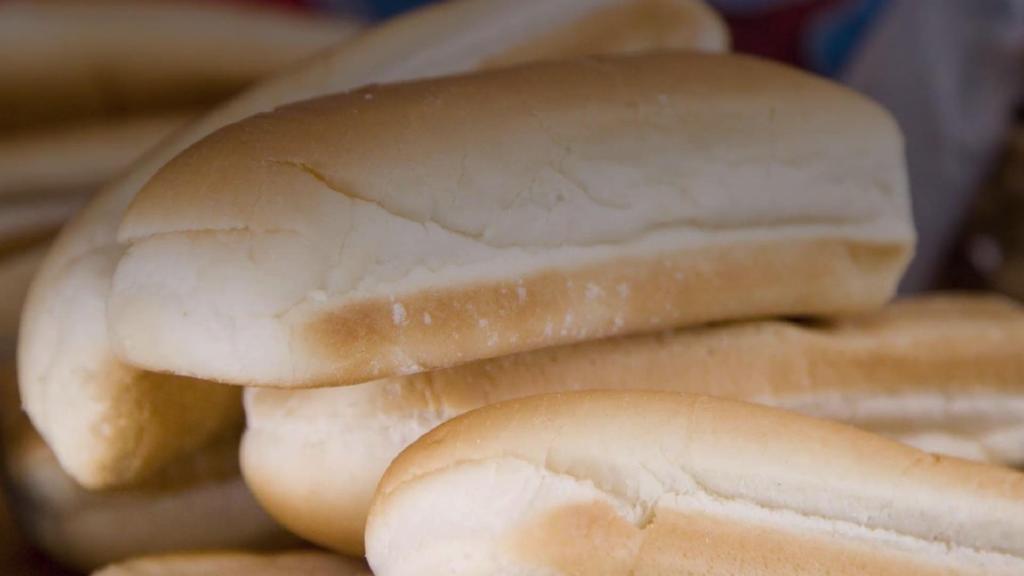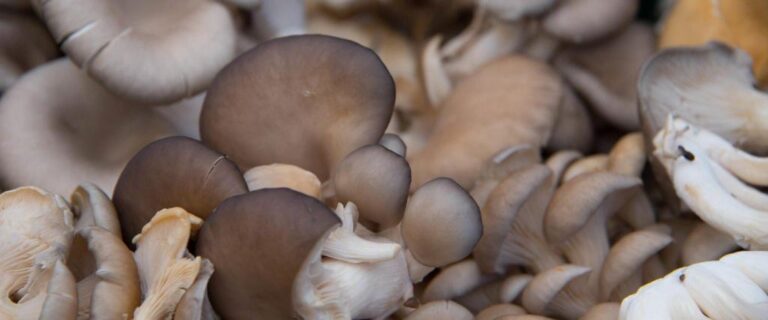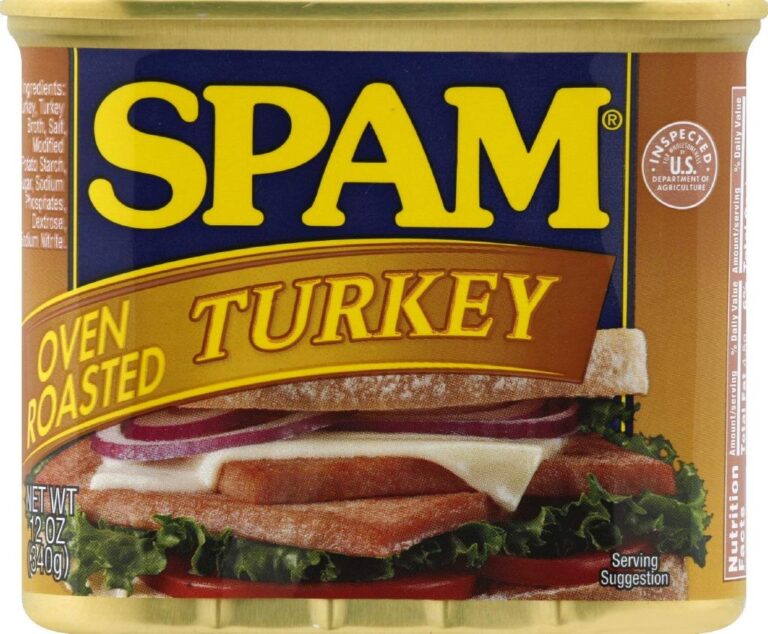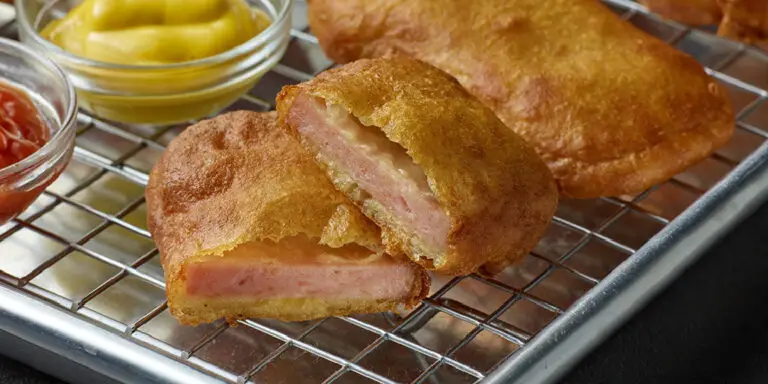I Found White Mold on Hot Dog Buns: Is It Still Safe To Eat?

One day during lunch-break, you found white spots and streaks on hot dog buns. You noticed something funny about the hot dog you were eating. It had white spots and streaks all over it.
At first, you thought it was just the way the hot dog was cooked. But then you noticed that there were other hot dogs that looked exactly the same.
If you’ve discovered white spots or white stuff on hot dog buns, it’s natural to feel worried. After all, we expect our hot dog buns to be uniform in color and texture. But what do these white spots mean?
In most cases, the white spots are simply discoloration from the baking process. This is especially common in store-bought hot dog buns, as they’re often mass-produced. While they may not look as appealing, these buns are perfectly safe to eat.
However, there are some instances where the white spots could be a sign of mold growth. Mold can cause serious health problems if consumed, so it’s critical that you understand why your hot dogs have mold on them.
Understanding Mold on Food
So what is this white mold? It’s a type of fungus called Aspergillus versicolor. Mold is a substance that can be found in various places, including foods that have gone bad
While it may look unappetizing, the study found that most of them are harmless to humans. In fact, you might already be eating it without realizing it.
Mold usually appears as white, black, blue, green, or pink spots that can be fuzzy or slimy. It can also cause streaks or discoloration of the meat. If you see any of these signs on your hot dogs, throw them away immediately.
| Mold can cause serious health problems if ingested. It can cause allergic reactions, respiratory problems, and even cancer. So it’s best to err on the side of caution and toss out any hot dogs that show signs of mold. |
How Do I Know My Hot Dog Has Mold?
If you see mold on the outside of your hot dog, it’s probably not safe to eat. Mold can also grow on the inside of hot dogs, so it’s important to check before you eat one.
Here are a few ways to tell if your hot dog has mold:
- Look for signs of mold on the outside of the hot dog, including discoloration or fuzzy patches. If they have any dark spots or discoloration, it could be an indication of mold growth.
- Smell the hot dog. If it smells sour or otherwise unpleasant, it may be spoiled and have mold growing on it.
- Cut open the hot dog to check for signs of mold inside. If you see traces of any mold, throw the hot dog away.
- Check the expiration date. If the hot dog is past its expiration date, it’s more likely to have mold.
How Long Does It Take for Mold To Grow on Hot Dogs?
When it comes to how long it takes before hot dogs start to mold, it is hard to give a definitive answer. This is because there are a number of factors that can affect the rate at which mold grows and how quickly hot dogs spoil.
For example, the type of casing used, how the hot dogs are stored, and the temperature of the environment can all play a role in how long it takes for hot dogs to go bad.
With that said, here is a look at how long you can expect hot dogs to last before they start to mold under different circumstances.
Mold can begin to grow on hot dogs within 24 to 48 hours if they are stored at room temperature. Mold may not be visible at first, but it can cause the hot dogs to develop a bad flavor and stink.
Mold will continue to grow on hot dogs that are not refrigerated, so it is important to store them in the fridge if you want to keep them fresh for longer.
Why Mold Like to Grow on Buns?
Buns are the perfect shape for mold growth. The round top and bottom provide ample surface area for mold spores to attach and grow fungi
Buns have a lot of starch and a lot of moisture. Mold loves buns because they have the right amount of warmth, humidity, and moisture for it to grow. Mold thrives in warm, humid environments with plenty of moisture.
Mold spores are always floating through the air, looking for a good place to land and start growing. When they land on a bun, the spores start to grow and germinate to make hyphae, which go into the bun and get food from it.
The mold then makes sporangia, which release more mold spores into the air to keep the cycle going.
Storing buns in moist, dark places can lead to mold growth. Buns that are stored in these conditions are especially susceptible to mold growth. Mold can grow on any surface, but is more likely to grow on porous surfaces, such as bread.
Three things are necessary for mold to grow: moisture, food, and a warm environment. The ideal temperature for mold growth is 77 degrees Fahrenheit. Moisture can come from the dough itself or from the environment in which the bread is stored. To prevent mold growth, buns should be stored in a dry, cool place.
How Do You Remove Mold from Sausage?
If you find mold on your sausage, pay detailed attention to the remaining parts of it or the remaining sausage inside the same packages. You may safely consume them.
There are a few ways to remove mold if you find it on sausage.
- One way to remove mold from sausage is to scrape it off with a knife. Make sure to use a clean knife and dispose of the moldy parts of the sausage. If the mold has penetrated deep into the sausage, you may need to cut off more of the meat.
- Another way to remove mold from sausage is to soak it in vinegar or lemon juice. This will kill the mold and make the sausage safe to eat. Soak the sausage for at least 30 minutes before cooking or consuming it.
- Cook the sausage thoroughly. To kill mold, cook food until it reaches an internal temperature of at least 160 degrees Fahrenheit. Mold can grow on food that is not cooked properly, so it is important to make sure food is cooked thoroughly before eating it.
- Discard any sausages that most of the parts have been contaminated with mold. If you are not sure if a sausage is safe to eat, it is better to err on the side of caution and discard it.
| To prevent mold in the future, store your sausages in the fridge or freezer in a well-sealed container or bag. |
Can You Remove Mold on Part of the Bread?
The method above for removing parts of sausage to get rid of mold is not applicable to buns. This is because buns have small pores, whereas mold already spreads to many parts of buns.
If you believe that your bread has mold, the safest course of action is to discard it and get a new loaf.
Yes, you can cut away a portion of any visibly moldy parts with a sharp knife and throw it away. But it is not advised to just chop off the moldy crust and consume the bread’s inside or the remaining unmoldy part.
Mold can grow all over a loaf of bread because it is soft and has a lot of tiny holes in it. Because its white appearance will be less noticeable here, it is difficult to gain an accurate picture of the amount of mold that is truly there.
Is Eating A Hot Dog With White Mold Still Safe?
Mold is often thought of as being synonymous with food spoilage. However, not all mold is bad for you. In fact, some types of mold can be beneficial to your health.
Probiotic foods like yogurt and kombucha are made with live, active cultures of beneficial bacteria that can improve your gut health. These same bacteria can also help fight off harmful bacteria and promote a healthy immune system.
So, is eating a hot dog with white mold still safe? According to the USDA, it is not safe to eat hot dogs with white mold on them. The mold can penetrate the meat and cause food poisoning. If you see any signs of mold on your hot dog, throw it away immediately.
If you’re not sure if your hot dog is safe to eat, err on the side of caution and don’t eat it. There are plenty of other foods to enjoy at your cookout that don’t come with the risk of food poisoning.






